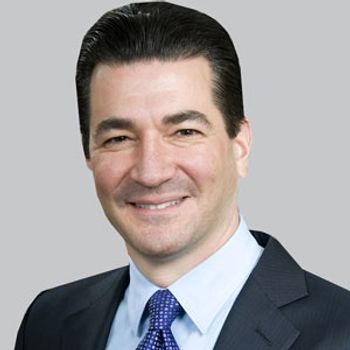
The agency is anticipating upward of 200 INDs per year by 2020 and between 10 and 20 cell and gene therapy approvals per year by 2025.

The agency is anticipating upward of 200 INDs per year by 2020 and between 10 and 20 cell and gene therapy approvals per year by 2025.

On top of an extraordinary economic burden, caregivers of patients with Parkinson disease have higher rates of several general caregiving comorbidities, including backache, hypertension, and gastrointestinal symptoms.

The AAN position statement author further addressed the opposing position of the Nevada law, the AAN’s position on brain death, and what clinicians need to know in regard to determining it.

The Chair of the AAN’s Ethics, Law and Humanities Committee spoke to the American Academy of Neurology’s goal to improve the consistency of determining brain death.
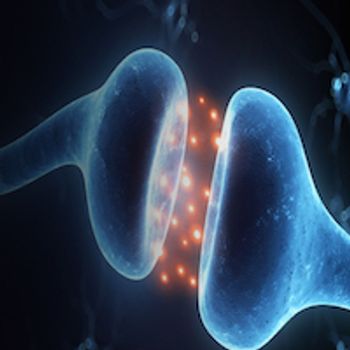
This guide includes everything you need to know about amantadine (Osmolex ER, Osmotica Pharmaceuticals) for the treatment of Parkinson disease and drug-induced extrapyramidal reactions in adults.

This guide includes everything you need to know about pimavanserin (Nuplazid, Acadia Pharmaceuticals) for the treatment of delusions and hallucinations associated with Parkinson disease psychosis.

The Clinical Director of the NHGRI spoke about the impact of the NIH program and its future development.

Neurology News Network for the week of January 5, 2019.

The position statement’s author noted that a lack of specificity in laws and inconsistencies in protocols has led to confusion surrounding brain death in several high-profile cases.

The program’s director spoke about its genesis and evolution into a more widespread initiative which has helped improve next-generation genome sequencing.
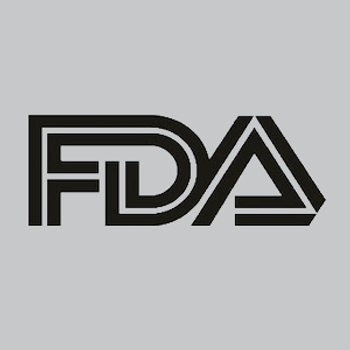
The FDA notice stated that these discontinuations are the result of a business decision by manufacturer GlaxoSmithKline.

The associate professor of neurology and the director of clinical trials at the University of Florida’s Center for Movement Disorders and Neurorestoration spoke about what’s being developed in the Parkinson disease pipeline.

The associate professor of neurology and the director of clinical trials at the University of Florida’s Center for Movement Disorders and Neurorestoration spoke about addressing the complex relationship between caregivers in treating tardive dyskinesia.

The approval marks the first and only of its kind, with the treatment anticipated to be commercially available by prescription in the US sometime in Q1 of 2019.

The approval adds medication-refractory tremor from Parkinson disease to the current indication for incisionless, focused ultrasound thalamotomy.

The results of the study found that those taking IRL790 had a mean reduction of 8.2% in dyskinesia scores compared to placebo.
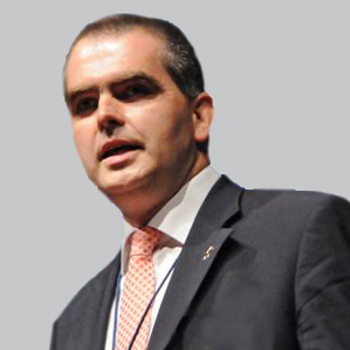
After failing to show motor symptom improvement in patients with Huntington disease in several clinical trials, pridopidine may have hit the end of its developmental road.

Growing enthusiasm in the Parkinson disease research community largely centers on advances in understanding the genetic underpinnings of the disease.

The progression of Parkinson disease and response to medication varies widely across individuals, which can make the prediction of disease course challenging.

Long-term consumption of fruits and vegetables may be associated with a lower risk of memory loss over time in men.
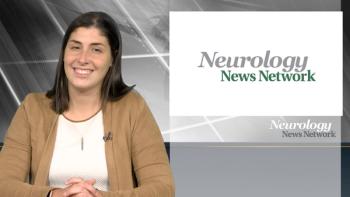
Neurology News Network for the week of December 1, 2018.
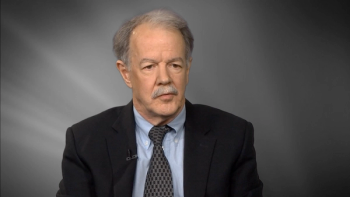
The director of Parkinson’s Disease and Movement Disorders Program at Henry Ford Hospital discussed this pipeline of therapies and the enhancement of the clinical understanding of the disease.

Does the atypical antipsychotic clozapine carry high risk for the development of drug-induced parkinsonism? What are DSM-5 criteria for the diagnosis of neuroleptic-induced parkinsonism? These questions and more in our quiz.

Neurology News Network for the week of November 17, 2018.

Therapies designed to treat neurologic conditions have made up 25% of the submissions to the FDA for a Regenerative Medicine Advanced Therapy designation.